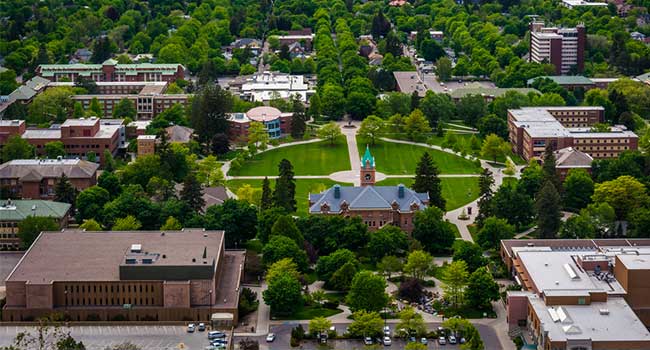
University of Montana Fined $1 Million for Clery Act Violations
UM's fine appears to be one of the highest on record for campus security issues.
- By Sydny Shepard
- October 03, 2018
The University of Montana is facing nearly $1 million penalty for reporting "inaccurate and misleading" crime statistics. The violations focus in on 2012-2015 and say UM reported misleading information about everything from liquor violations to rape, according to a letter from the U.S. Department of Education.
The fines that UM face appear to be one of the highest on record for campus security related issues, after the nearly $2.4 million fine levied against Pennsylvania State University, according the a federal database with statistics from 2010 to 2017 and an earlier announcement from the Department of Education.
UM has said they will appeal the dollar amount even though it concurs with the findings. Communications Director for UM, Paula Short, noted that the fine is based on data that UM itself reclassified after a request from the department.
"U of M doesn't dispute the data changes, as we're the ones that made those," Short said. "We stand by that piece. We feel like the magnitude of the fine is something we want to discuss with the DOE, and we are going to exercise our avenues to do that as outlined in the letter."
The letter Short speaks of was from the Department of Education to UM President Seth Bodnar which outlines the separate fines the federal agency plans to levy and its rationale.
"UM's violations of the Clery act and the Department's regulations are very serious," the letter said. "UM's current and prospective students and employees rely on the institution to provide accurate disclosures of campus crime statistics so they can make informed decisions about their personal safety.
"UM provided its current students and employees with inaccurate and misleading crime statistics for calendar years 2012 through 2015 as part of its (annual security reports.)"
In an email to students this week, President Bodnar said, "The University of Montana has been recognized by many as a blueprint for other universities in creating a safe and secure campus, and we aim every year to be safest campus in the country."
About the Author
Sydny Shepard is the Executive Editor of Campus Security & Life Safety.